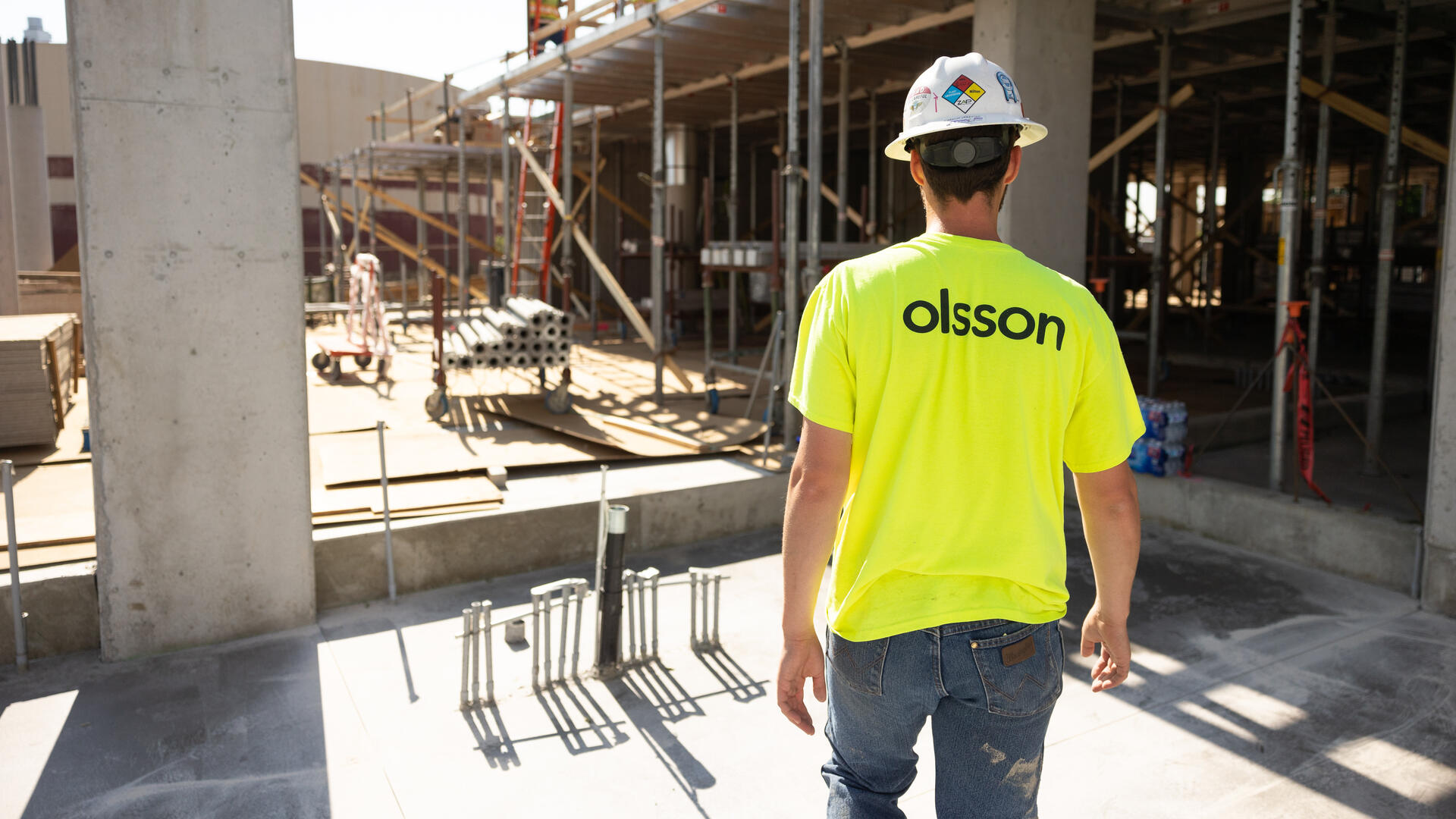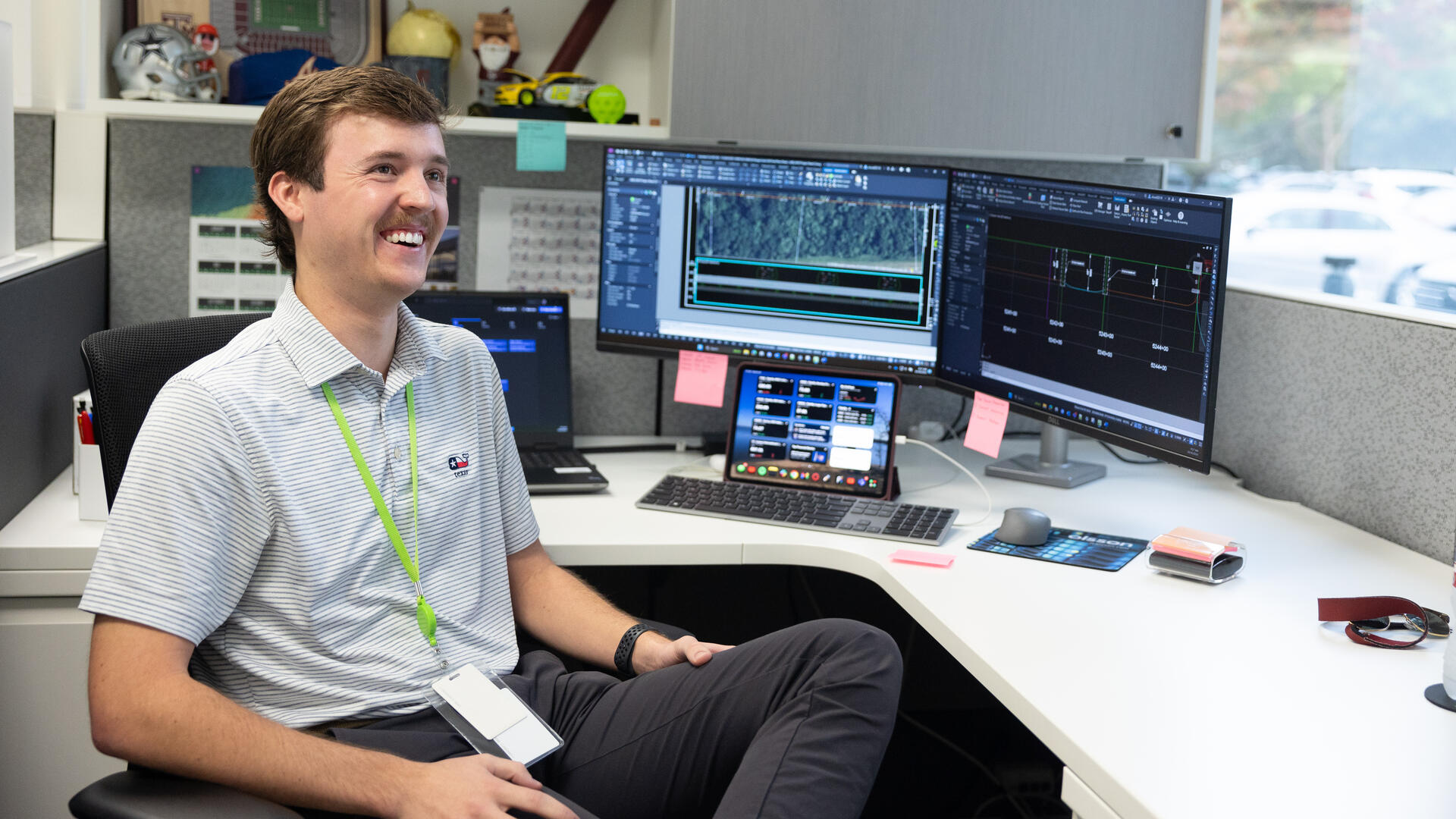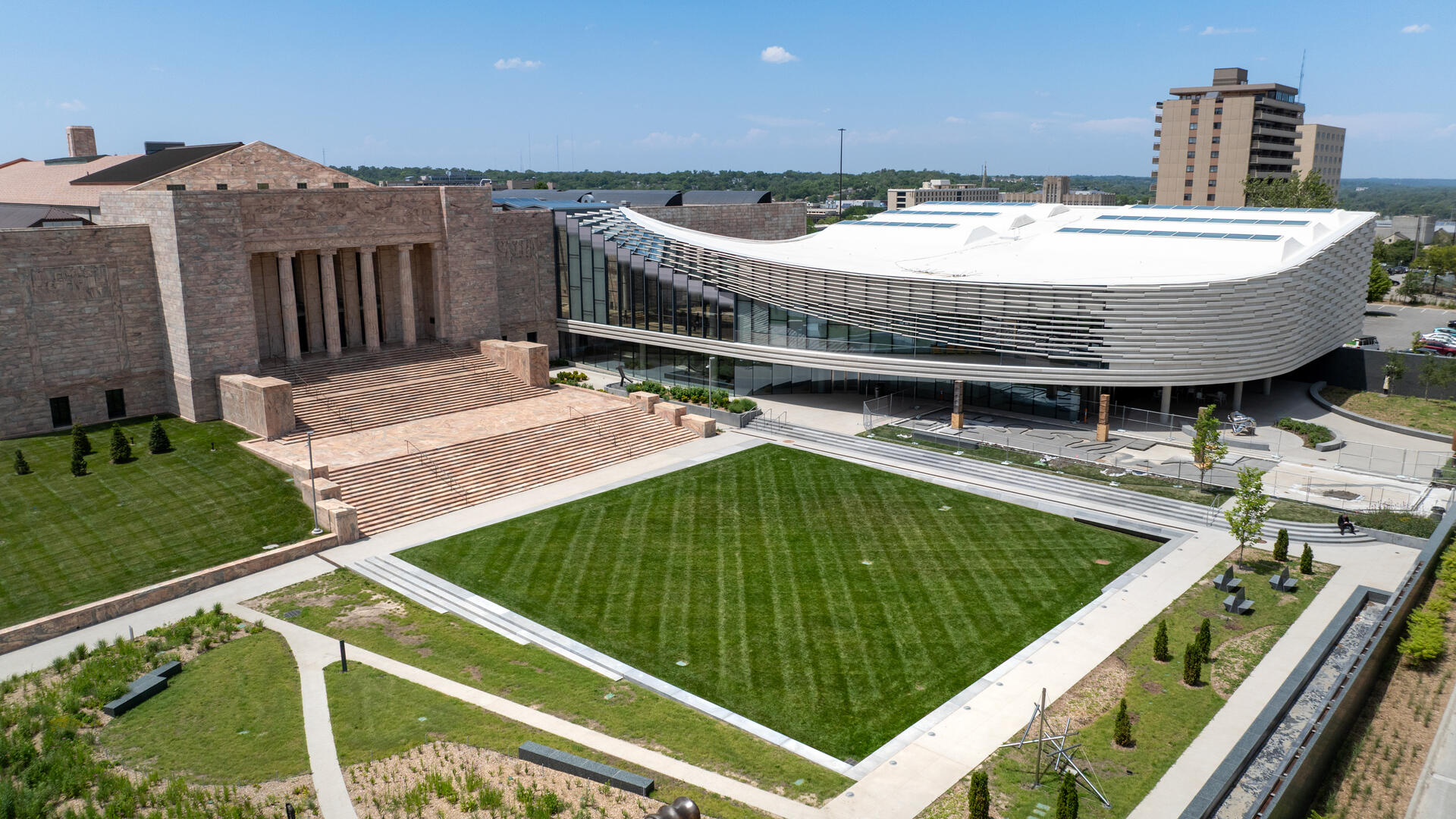Karen Hankinson was an established roadway engineer by the time she designed her first highway-grade rail crossing.
She felt the weight of a project in which a tiny miscalculation could delay train and motor-vehicle traffic, result in injuries, or even cost lives. She embraced that responsibility because it was clearly connected to protecting the safety, health, and welfare of the public.
“It’s the ultimate goal of being an engineer,” Karen said of protecting the public.
Karen Hankinson’s career in the rail industry reads like a blueprint for progress and safety.
That initial grade crossing project 25 years ago cast her career in a new direction, one in which she would design or manage hundreds of grade crossing projects. Her passion and drive for improving operational safety and efficiency also allowed her to emerge as a leading industry voice in developing best practices for highway-rail grade crossings.
Karen’s professional achievement and dedication are why she has been named one of the 2025 Women in Rail Engineering by Railway Track and Structures magazine.
“Karen Hankinson’s career in the rail industry reads like a blueprint for progress and safety,” the award announcement stated. “Her work with public agencies, DOTs, and consultants has helped refine grade crossing designs, making communities safer and more connected.”
As the senior team leader of rail engineering and design at Olsson, Karen maintains an active role in project work and management. Highlights of her project experience include the following:
• Providing safety reviews of 100 grade crossings for the Louisiana Department of Transportation in partnership with BNSF Railway.
• Modifying a Union Pacific Railroad grade crossing for OCVIBE, the high-profile entertainment district in Anaheim, California.
• Designing and providing construction support for queue cutter traffic signals and presignals at 20 grade crossings for the Orange County (California) Grade Crossings Safety Enhancement Project.
• Providing traffic engineering solutions for 12 crossings in the Downtown San Diego Quiet Zone Grade Crossing Improvement Project.
But Karen has done much more than design and manage projects.
As she learned all she could about grade crossings, traffic signals, and rail signal systems, she saw ways to apply her roadway engineering experience to improving crossing designs. She also identified gaps between the specialty knowledge required for grade crossings and the civil engineering skill sets common at state and municipal transportation departments, where engineers typically have little, if any, experience with grade crossings.
“Every grade crossing is different,” she said. “They have systems and technology in common, but there’s no such thing as one size fits all.”
"It certainly is rewarding. And I can't imagine doing anything else."
Bridging that gap to make grade crossings safer and better has become something of a quest. It led her to seek out other engineers who work in the discipline across the country by getting deeply involved in professional and industry organizations. She serves in multiple organizations, including the following:
• National Committee of Uniform Traffic Control Devices (NCUTCD) Rail and Light Rail Committee. The committee works closely with the Federal Highway Administration to propose revisions to the Manual on Uniform Traffic Control Devices (MUTCD), which sets standards for the uniformity of traffic control devices.
• The American Railway Engineering and Maintenance-of-Way Association (AREMA) Committee 36 on grade crossings. AREMA is a professional association focused on the design, construction, and maintenance of railway infrastructure and maintaining specialized design manuals used by the rail industry.
• The Institute of Transportation Engineers (ITE) Grade Crossing Committee. Karen chairs the committee, which focuses on developing up-to-date training and information for practicing engineers and others who work in the rail and transportation industries.
Fostering connections and communication among engineers, contractors, industry leaders, regulatory authorities, transportation departments and others is one of the most effective ways to improve grade crossing best practices, she said.
To create additional connections, Karen has also helped start ad-hoc groups across the country for railroad employees, agency representatives, engineers, and others. The groups hold ongoing discussions to ask questions, share information, and advance the safety and efficiency of grade crossings.
“I love what I do,” she said. “I’m very passionate about it. The work is not easy. At times, it involves difficult conversations, trying to help people understand another point of view or encouraging them to try an approach that’s different than the way they’ve always done it.
“But it certainly is rewarding. And I can’t imagine doing anything else.”


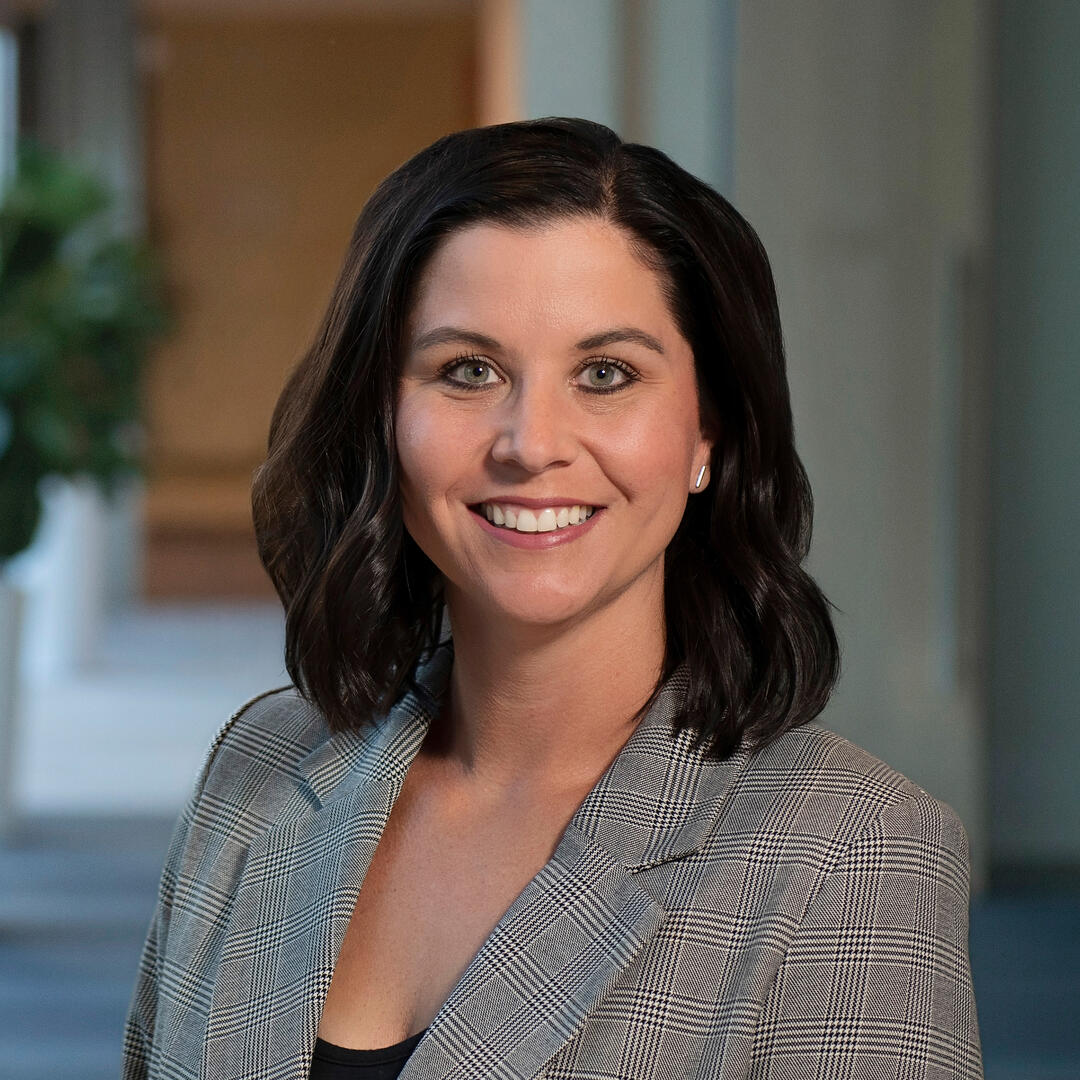






















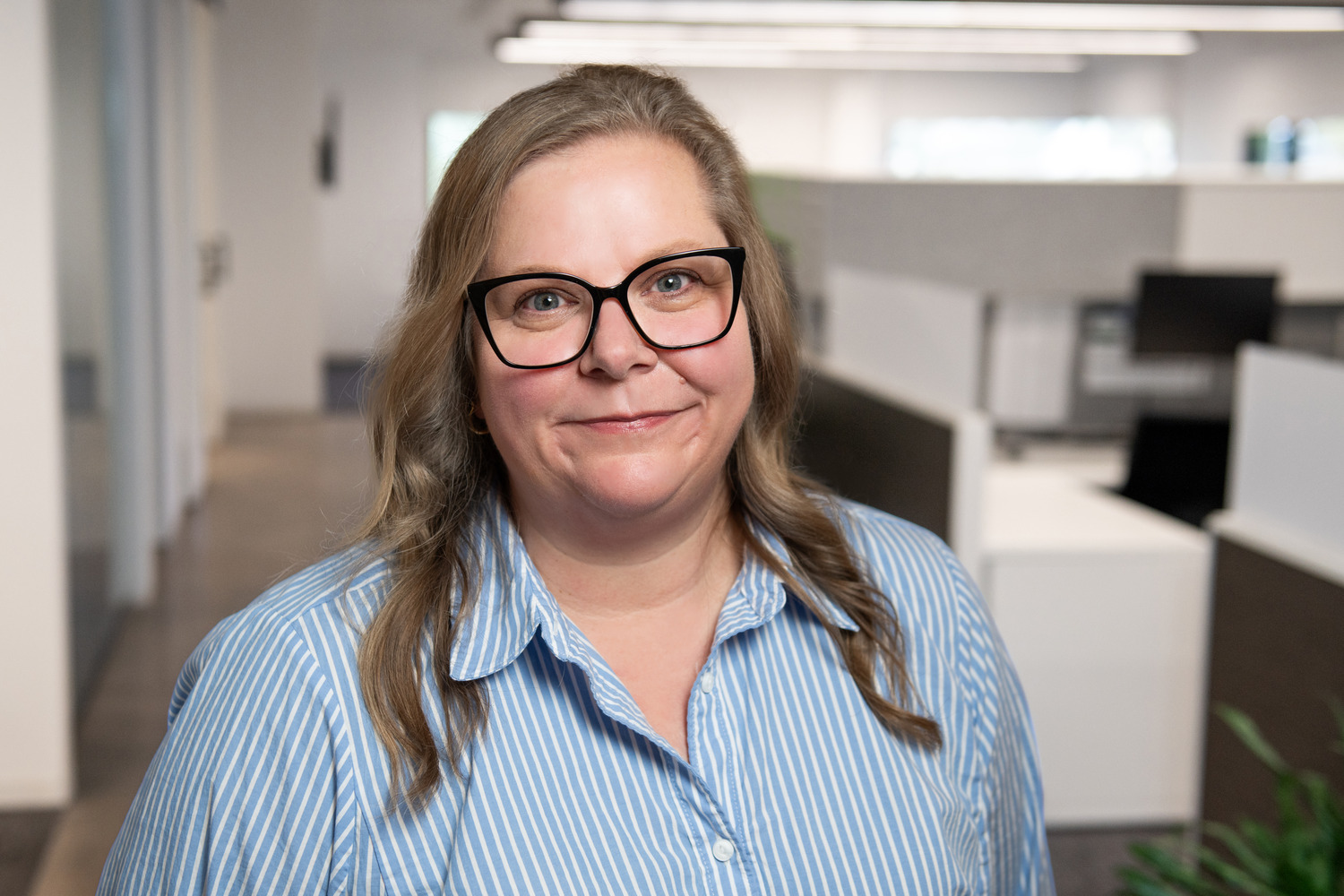







.avif)





































.avif)











